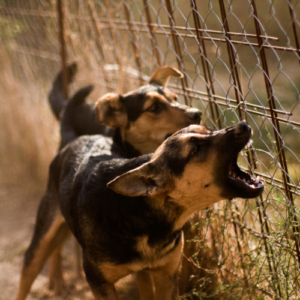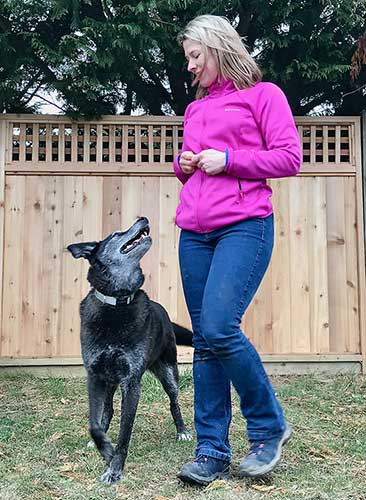 It can be quite a surprise when that adorable little fluffball you just brought home suddenly reveals a loud, persistent voice. But here’s the reality: dogs bark. It’s one of the ways they communicate with the world. While some dogs may bark more than others, even breeds like the “barkless” Basenji can still make noise.
It can be quite a surprise when that adorable little fluffball you just brought home suddenly reveals a loud, persistent voice. But here’s the reality: dogs bark. It’s one of the ways they communicate with the world. While some dogs may bark more than others, even breeds like the “barkless” Basenji can still make noise.
Understanding why dogs bark—and how to modify this behavior—is more complex than it might seem. The sound of the bark and the context in which it occurs are key to figuring out how to address it.
Understanding the Barking
The first step in addressing unwanted barking is to pinpoint exactly when it happens. You can either download a free barking record sheet or simply track the following details in a notebook or on your phone for at least three days:
- What is your dog doing while barking? Is your dog pacing or standing still, leaning forward or backward? Are they jumping and scratching at a door or window, or sitting away from you in a confined space? Running along the fence line?
- Can you see what the dog is barking at? Is it a person, a vehicle, or maybe a sound, like a garbage truck?
- What does the bark sound like? Is it loud or soft, fast and repetitive, or drawn out? Is there a pattern to it (bark, bark, bark pause… bark, bark, bark pause…)?
- How long does the barking last if left uninterrupted? Be specific—15 seconds, 2 minutes, or does the barking continue indefinitely?
- What happens right after the barking stops?
 By collecting these details, you’ll have a much clearer picture of your dog’s barking patterns. This information is crucial because how you respond depends on the reason behind the barking.
By collecting these details, you’ll have a much clearer picture of your dog’s barking patterns. This information is crucial because how you respond depends on the reason behind the barking.
Management, Training, or Behavior Modification?
Once you’ve figured out the cause of the barking, you can come up with a plan. For example:
- If your dog barks at noises outside and you live in an isolated area, are you okay with some alert barking?
- If your dog barks to go outside for the bathroom, can you teach them an alternative way to communicate?
- If your dog barks at a specific trigger, like the pool cleaner, could you reduce how often they see that trigger or use it as a training opportunity?
Whenever you want to change unwanted barking, ask yourself:
- What behavior do I want to replace the barking with?
- How much time do I have to address this issue?
The speed at which you can teach your dog an alternative behavior depends on factors like their age, how long they’ve been barking, and your consistency in training.
Quick Fixes and Long-Term Solutions
If you’re short on time, some fast solutions include obscuring your dog’s line of sight, playing background noise to drown out triggers, increasing the distance between the dog and the trigger, or giving them something else to focus on.
For a more permanent solution, you’ll want to reinforce alternative behaviors. This could involve teaching your dog to remain calm even when a trigger is present or changing their emotional response to the trigger. The key is to start with a manageable challenge and slowly increase the difficulty.
One of the most effective ways to reduce problem barking is to teach a “quiet” cue. The goal is to condition your dog to associate the cue with good things, no matter what’s going on. As you practice, your dog will learn to ignore distractions and focus on you. Eventually, even if they start barking out of surprise, you’ll be able to quickly interrupt them because they’ve learned to respond to the cue. You can watch our DIY video on teaching a quiet cue here.
What Not to Do
Ignoring persistent barking often backfires. If the barking becomes unbearable, you’ll likely respond, unintentionally teaching your dog that barking long enough gets attention. For demand barking, it’s better to show your dog that barking won’t get what they want. For instance, if your dog barks at you in the kitchen for attention, try leaving the room without acknowledging them. Come back after a minute and repeat if needed. Many dogs will catch on and stop barking. If not, they may need help learning how to settle.
Remember to reward your dog for calm behavior. Reinforcing calmness will help them understand that this is the behavior that gets attention.
If barking is a persistent problem, we offer a range of proven strategies to help. Feel free to contact us if you’d like personalized support in changing your dog’s barking habits.


